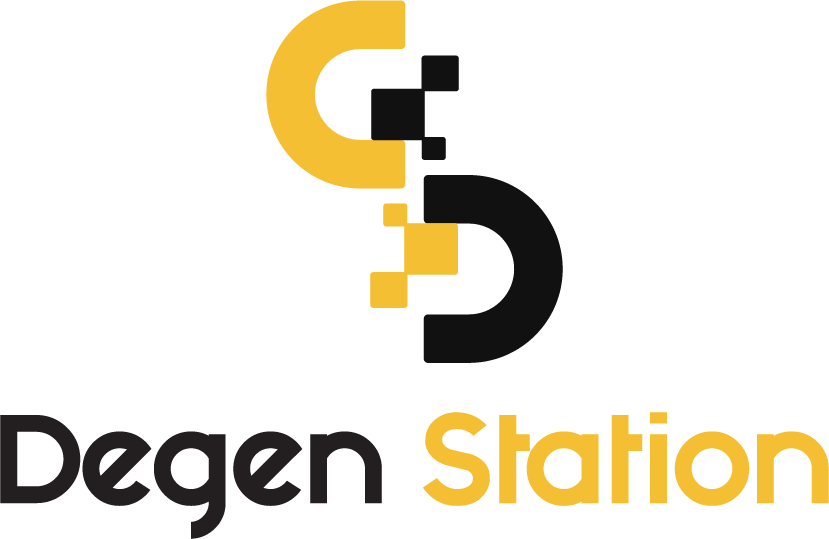Bitcoin Mining Difficulty Reaches New ATH

Bitcoin's mining difficulty has reached a new all-time high (ATH) following its latest adjustment, hitting a milestone of 55.62 trillion hashes.

Bitcoin Mining Difficulty Reaches New ATH. Image: Bloomberg
According to data from various analytics sources, Bitcoin's network underwent its latest algorithm mining difficulty adjustment on August 23. Specifically, the mining difficulty increased by 6.17% compared to the previous period, setting a new record at 55.62 trillion hashes.
Read more: Understanding Bitcoin
Simultaneously, the average hash rate of the BTC network surged to 397.74 EH/s, marking the highest threshold in its history.

Recent Bitcoin Mining Difficulty Adjustments Statistics. Source: BTC.com
Bitcoin's mining difficulty is an automatic adjustment mechanism of the world's largest cryptocurrency network. Every 2,016 blocks (approximately every two weeks), the difficulty recalculates based on the network's mining capacity (represented by hash rate) to ensure the block creation time remains around 10 minutes. If the hash rate increases, indicating more miners are active, the system increases the difficulty, and vice versa.
Looking back at history, both Bitcoin's mining algorithm difficulty and hash rate have steadily and consistently set new highs since mid-2021 (when China cracked down on domestic mining activities), despite Bitcoin's price peaking and subsequently falling during the same period.

Bitcoin Mining Algorithm Difficulty (blue) and BTC Price Fluctuations since September 2020. Source: Blockchain.com
Many miners remain optimistic about Bitcoin's future prospects, continuously investing in equipment and efforts to mine this digital asset.
Another significant factor is Bitcoin's upcoming fourth halving event in its history, expected to occur around April or May 2024. The halving event will reduce the BTC reward per block from the current 6.25 BTC to just 3.125 BTC, significantly curbing Bitcoin's annual inflation rate.

Bitcoin's next halving event is scheduled for April 26, 2024. Source: Blockchair
- Read more: Things to Know About Bitcoin Halving
The prevailing sentiment in the crypto market suggests that each Bitcoin halving event opens up a new growth cycle lasting approximately 6 months to 1 year. Therefore, the period leading up to the halving event is seen as an opportunity for accumulation and anticipation.
At the time of writing, Bitcoin remains range-bound around $26,000, stabilizing after dropping from $29,000 to $25,166 last week, leading to liquidations of over $1 billion in derivatives market orders.

4-hour chart of BTC/USDT pair on Binance at 09:15 AM on August 28, 2023
However, as Bitcoin heads into September, historically known for significant adjustments and entering the volatile fourth quarter, uncertainties and unpredictable fluctuations lie ahead.





